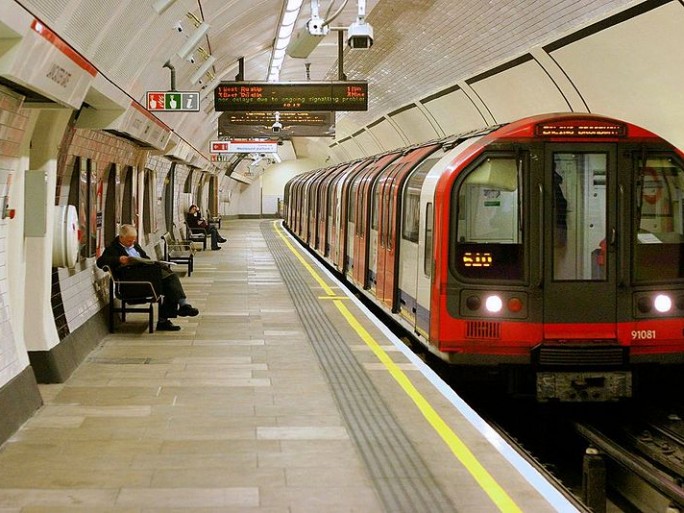Why 2015’s Tube Strikes Proved Our Digital Dream Is A Looong Way Off

RES Software partner director, Grace O’Rourke Vietch, looks at why digital workforces have yet to be embraced
For the UK’s capital, 2015 was the year of tube strikes. Unhappy at the prospect of night service, which had been scheduled to start in September that year, tube staff were making their voices heard and services were suspended on numerous occasions.
There were plenty figures bandied about regarding how much the London strikes cost the UK economy, from hundreds of millions through to ‘just’ £10m. The latter figure is from the Centre for Economics and Business and is based on London’s regional economic output and the increased flexibility that the digital economy brings to business.
Advanced?
I have to question the last point. Yes, digital technologies should bring more resilience and agility to the capital’s businesses, but I would argue that the tube strikes have thrown into question how advanced London is when it comes to enabling a digital workforce. Commuters interviewed on the television were getting up at 5am in order to try and beat the crush and make it into work on time.
This was not a modern workforce, unencumbered by location. But a workforce in a panic, because despite the travel chaos their bosses still expected them to be in the office. With the tube transporting nearly four million people every day, the strikes put severe pressure on all other forms of transport, creating delay and frustration.
 And yet, arguably, we are at a place in history where it shouldn’t be like this. Obviously, there are some job roles where you need to be physically present, such as those in the NHS or retail, but for many other vocations, technology makes it possible to undertake our jobs from any location. The tube strikes highlight that we might be the most technologically advanced workforce ever, but we’re still very much tied to the office.
And yet, arguably, we are at a place in history where it shouldn’t be like this. Obviously, there are some job roles where you need to be physically present, such as those in the NHS or retail, but for many other vocations, technology makes it possible to undertake our jobs from any location. The tube strikes highlight that we might be the most technologically advanced workforce ever, but we’re still very much tied to the office.
Why? Because whether we realise it or not, our working culture measures people on how long they’re in the office, not their output. There are numerous studies available that demonstrate that people are more productive at different times of the day. For some that could be 7am – 11am, before they hit a dip late morning, but then ramp up again after lunch. However, instead of tapping into this and turning their employees into powerhouses of productivity, businesses of all shapes and sizes cling onto the notion that we must be in the office between 9am – 5pm.
Changing our mind-set about when and where people work would open up a world of possibilities for companies. In all other aspects of their lives people are empowered by technology – except at work. Increasingly the best talent wants more flexibility. They don’t want to be subjected to an eight hour round trip to work. And why should they have to endure that? The technology exists to enable self-service, secure collaborative working whether you’re in your local café, the home office or visiting your parents.
It’s not technology that is holding back digital workforces, but our preconceptions about what a workforce should look like and when it should be ‘logged on.’ We value their time in the office more than their output, which is crazy. If the strikes showed us anything, it is that a more realistic measure of productivity is needed if businesses want to remain competitive, attract the best talent and prosper.
Think you know all there is to know about London’s technology? Try our quiz!